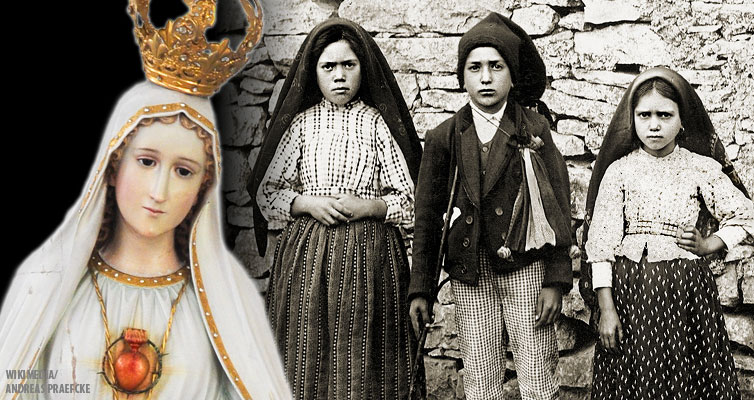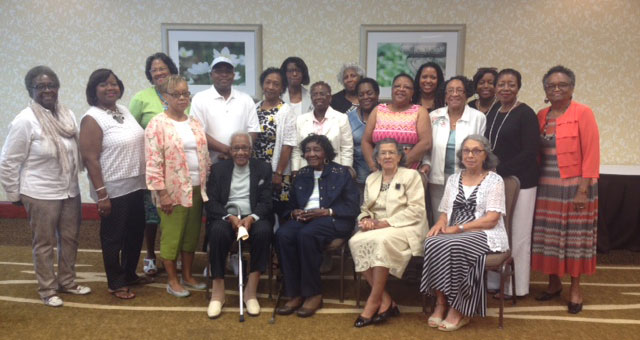
Few realize that the Fatima 1917 apparitions, whose centenary we are celebrating with a diocesan Year of Mary, occurred as a response to the plea of Pope Benedict XV. He had volunteered to mediate peace terms between the belligerent parties of World War I but was rejected. Consequently, the pope turned to the Church on May 5 and asked for prayers — from farm houses to palaces — asking Mary for peace.
Suddenly, eight days later, on May 13, a rumor began that Our Lady was appearing to three children in the rural parish of Fatima, Portugal. Lucia dos Santos, 11, and her two cousins, Francisco, 9, and his sister Jacinta, 7, were tending sheep when there was a loud clap of thunder, although there were no clouds. Expecting a storm, they were running for cover when suddenly they were stopped by a ball of light over a small holm oak. A beautiful young woman stood in the midst of that light brighter than the sun. She was dressed in a simple white robe with a white veil reaching her feet. There was a small golden ball on a golden chain around her neck and a rosary in her hands.
She told them to not be afraid since she was from heaven. She asked them to come to that same place, the Cova da Irea, at noon on the 13th day of each month until October. She also asked the children to pray the rosary often for peace and to make sacrifices for the conversion of sinners. She did not identify herself, reserving that information for the final apparition in October.
They made a promise among themselves not to tell anyone. But little Jacinta always shared things with her mother. This is how the happenings became public. The parents of Jacinta and Francisco believed their children. But it was a different story for Lucy. Her mother became very intolerant, unable to accept the fact of Our Lady appearing to insignificant persons as they. She suspected Lucy of lying to get attention and pressured her for the entire six months to deny the fabrication. Lucy suffered much from this daily.
The children became very serious, prayed the rosary often and found ways to make sacrifices for the conversion of sinners, such as giving their lunches to poor children — all the while awaiting the next visit of the mysterious, beautiful Lady from heaven. And so began Mary’s response to the pope’s plea for prayers to Our Lady, seeking peace.
EDITOR’S NOTE: Father Stanley Smolenski, spma, will write about the miracle of Fatima each month through December to celebrate the diocesan Year of Mary. Father Smolenski is director of the Shrine of Our Lady of South Carolina in Kingstree and director of Marian programs for the Diocese of Charleston. Email him at olscshrine@gmail.com.


